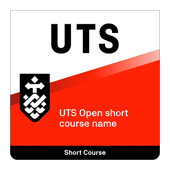The following content will be covered during the course:
- The FRM Partnership – identifying key roles and responsibilities.
- Working within the FRM Process – understanding technical terms, discussing the management of the process from establishing committees, grant applications and management, brief development and project management, through to working with committees to develop and implement FRM plans
- Data Collection and understanding the data that is necessary and the sources and costs
- Modelling basics and model review, an overview of model purpose, operation, selection and limitation, an outline of the key issues to consider in the specification and review of modelling
- Understanding the need for and the basics of defining flood and hydraulic categories
- Overview of the desired outcomes from the FRM Process and how these can be assessed
- Roles during and after a major flood.
This course will be delivered online. Participants will watch online lectures and video before attending 3 x 1.5 hour sessions. During these sessions brief recaps of online material will be provided leading to detailed Q&A.
Participants will break into small groups to workshop a realistic scenario providing an opportunity to apply what has been taught and are designed to show how detail is applied into practice. The small groups will be facilitated by industry experts. The session concludes with a reinforcement of key messages and learning.

















